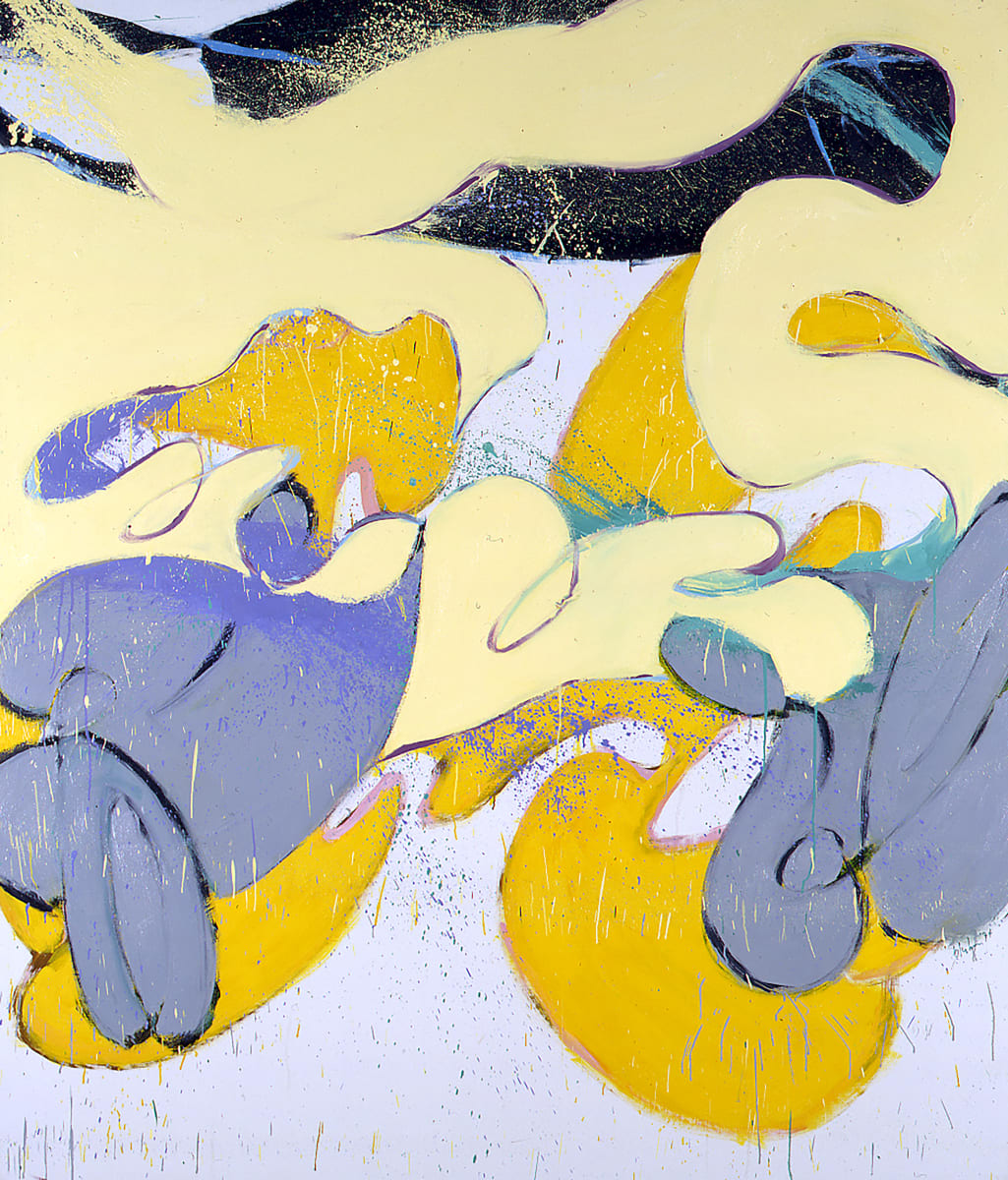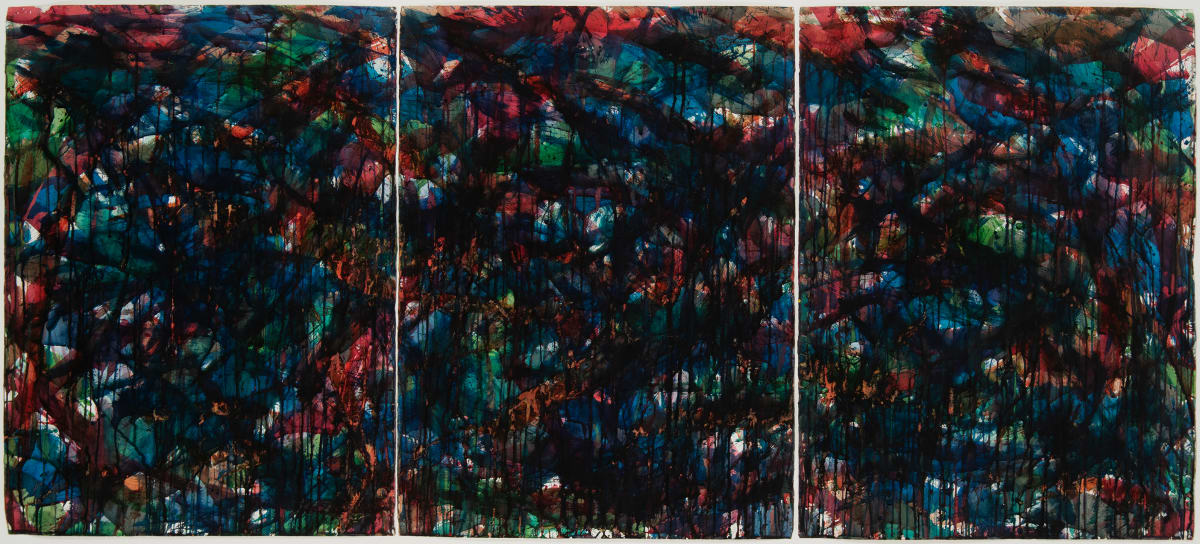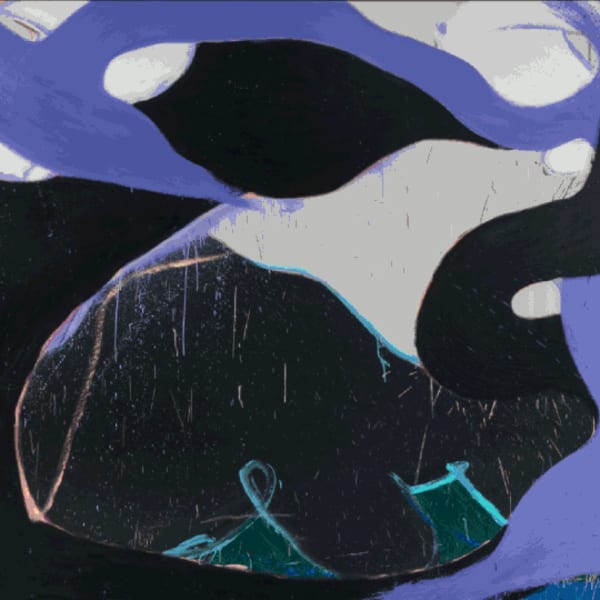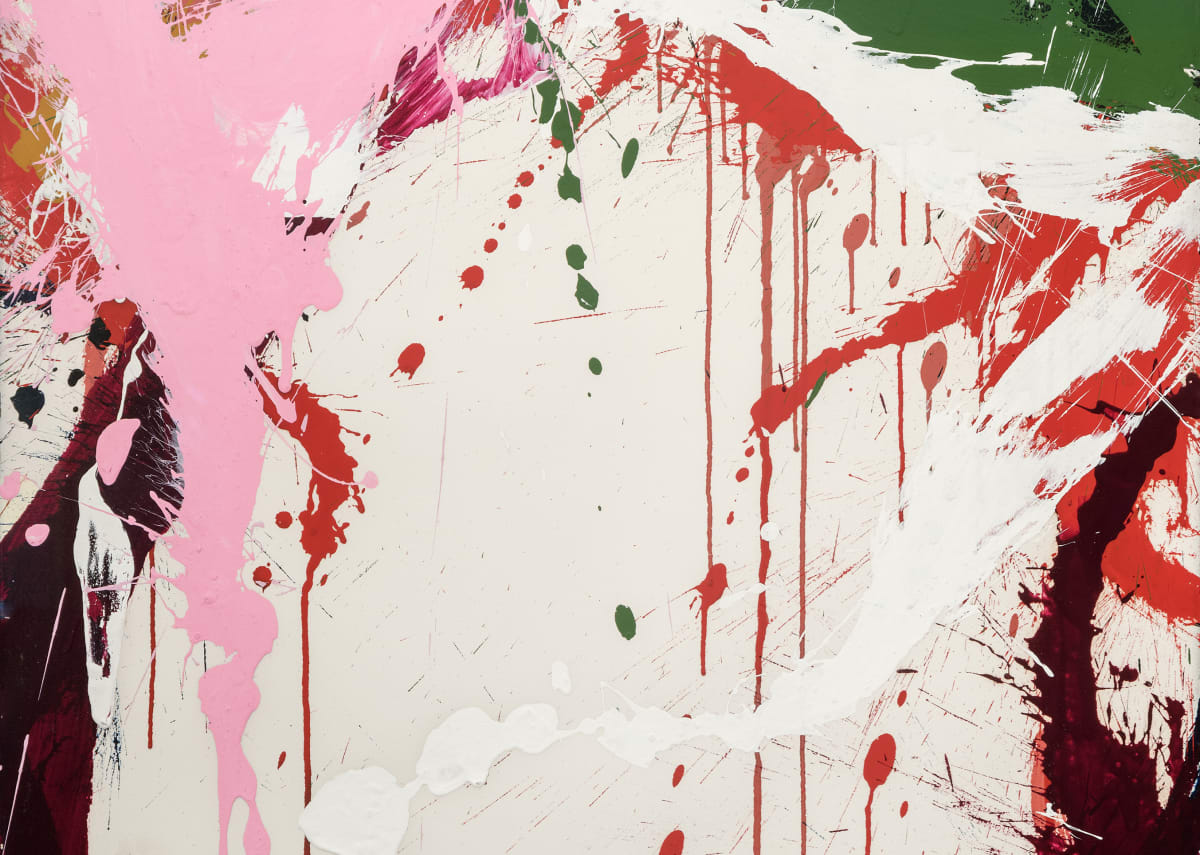
Over the course of his life, Bluhm engaged with and developed a spectrum of styles and approaches, staying true to his own artistic instincts and eschewing the creative trends of the moment.
On February 20, Hollis Taggart will open its second solo exhibition of work by American artist Norman Bluhm. The exhibition will feature paintings and works on paper, dating from 1957-1997, offering audiences insight into the full arc of Bluhm’s creative output. The gallery presentation, titled Norman Bluhm: Space Time Continuum, 1950s to 1990s, curated by his daughter Nina Bluhm has been developed as a companion to the Newark Museum’s Norman Bluhm: Metamorphosis, the first monographic survey of Bluhm’s career, on view from February 13 – May 3, 2020. Together, the two exhibitions capture the depth and intricacy of Bluhm’s oeuvre—one that deserves much greater scholarly attention and study. The gallery exhibition will remain open through March 14, 2020.
On February 20, Hollis Taggart will open its second solo exhibition of work by American artist Norman Bluhm. The exhibition will feature paintings and works on paper, dating from 1957-1997, offering audiences insight into the full arc of Bluhm’s creative output. The gallery presentation, titled Norman Bluhm: Space Time Continuum, 1950s to 1990s, curated by his daughter Nina Bluhm has been developed as a companion to the Newark Museum’s Norman Bluhm: Metamorphosis, the first monographic survey of Bluhm’s career, on view from February 13 – May 3, 2020. Together, the two exhibitions capture the depth and intricacy of Bluhm’s oeuvre—one that deserves much greater scholarly attention and study. The gallery exhibition will remain open through March 14, 2020.
Over the course of his life, Bluhm engaged with and developed a spectrum of styles and approaches, staying true to his own artistic instincts and eschewing the creative trends of the moment. While his work would go through several critical transformations, his paintings and works on paper are consistently recognized for their sumptuous and intuitive use of color and line, which evoke incredible sensations of movement and energy.
Space Time Continuum is the theory of the universe's three space dimensions and one time dimension. As the title of the Hollis Taggart exhibition, it addresses the painter's creation as a dimensional record of his life, emotions, and thoughts, as well as the passage of time as he matured.
This exhibition begins with the large-scale triptych, Stained Glass Landscape #9, produced in 1957, shortly after Bluhm arrived in New York. He had spent the decade prior, studying and working in Paris, where he developed formative relationships with a wide range of artists, including Alberto Giacometti, Antonin Artaud, Sam Francis, Jean Paul Riopelle, and Joan Mitchell. While Stained Glass Landscape #9 is decidedly abstract, with its layers of deep color and highly gestural lines, it also retains the influences of Bluhm’s interest in landscapes and earlier line drawings of Parisian cathedrals and rooftops as well as female nudes.
His work in the late 1950s and through the 1960s was characterized by free-form gestures and expressions, connecting his practice with the second generation of Abstract Expressionists. In the 1970s, however, figural elements, in particular suggestions and outlines of the female nude, reemerged as a dominant force in his visual vocabulary. In the paintings of this period, strong curving lines and organic shapes coalesced with flat fields of color, ranging from bright violets and pinks to vibrant reds and blues. The mixture of color and line, along with a flattening of the surface plane, produced strong evocations of motion, suggesting in some instances a figure in the throes of metamorphosis and in others a violent collision of elements. A range of works representative of this period are included in the upcoming presentation at Hollis Taggart.
The decades following saw Bluhm continue to push the boundaries of his work. He began incorporating decorative motifs as well as references and symbols relating to Asian and Indian cultures and art, infusing his works with a newfound spirituality. He also began working in grand scale, producing large-scale multi-panel painting. These late works continued to capture his commitment to gestural and expressive painting while also imposing a new architectural structure, producing a new relationship between the abstract and figural modes that occupied him throughout his life.
The evolution of Bluhm’s oeuvre captures his profound commitment to artistic endeavor, which he saw as equally formal, conceptual, and spiritual. At the same time, Bluhm’s disinterest in the structures of the art world, especially art criticism, combined with his desire to pave his own path left him outside of the inner art circles that have shaped the narratives of art history. With the upcoming presentations of his work, Bluhm’s powerful work comes into view, with the exploration and attention it so richly deserves.
For more information about Norman Bluhm: Space Time Continuum, 1950s to 1990s, please contact us at info@hollistaggart.com or +1 212.628.4000. For press inquiries, please contact Alina Sumajin, PAVE Communications & Consulting at alina@paveconsult.com, 646.369.2050.
















